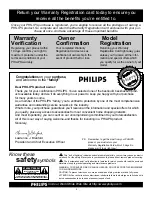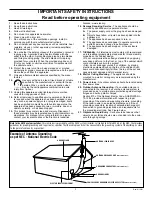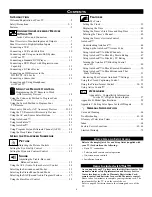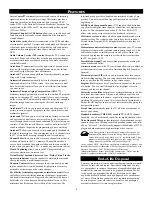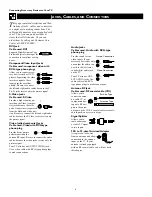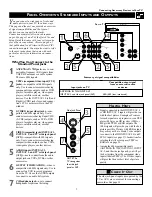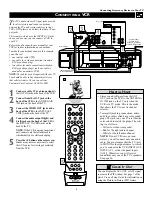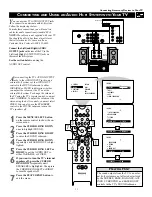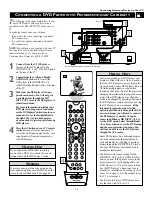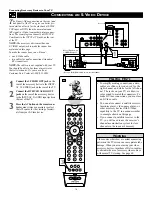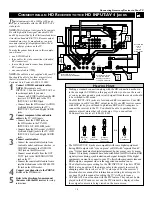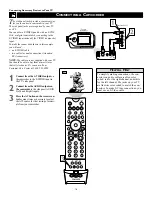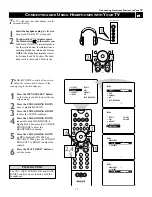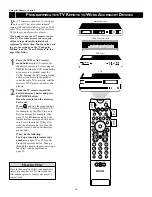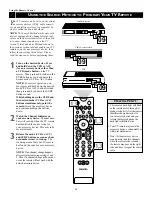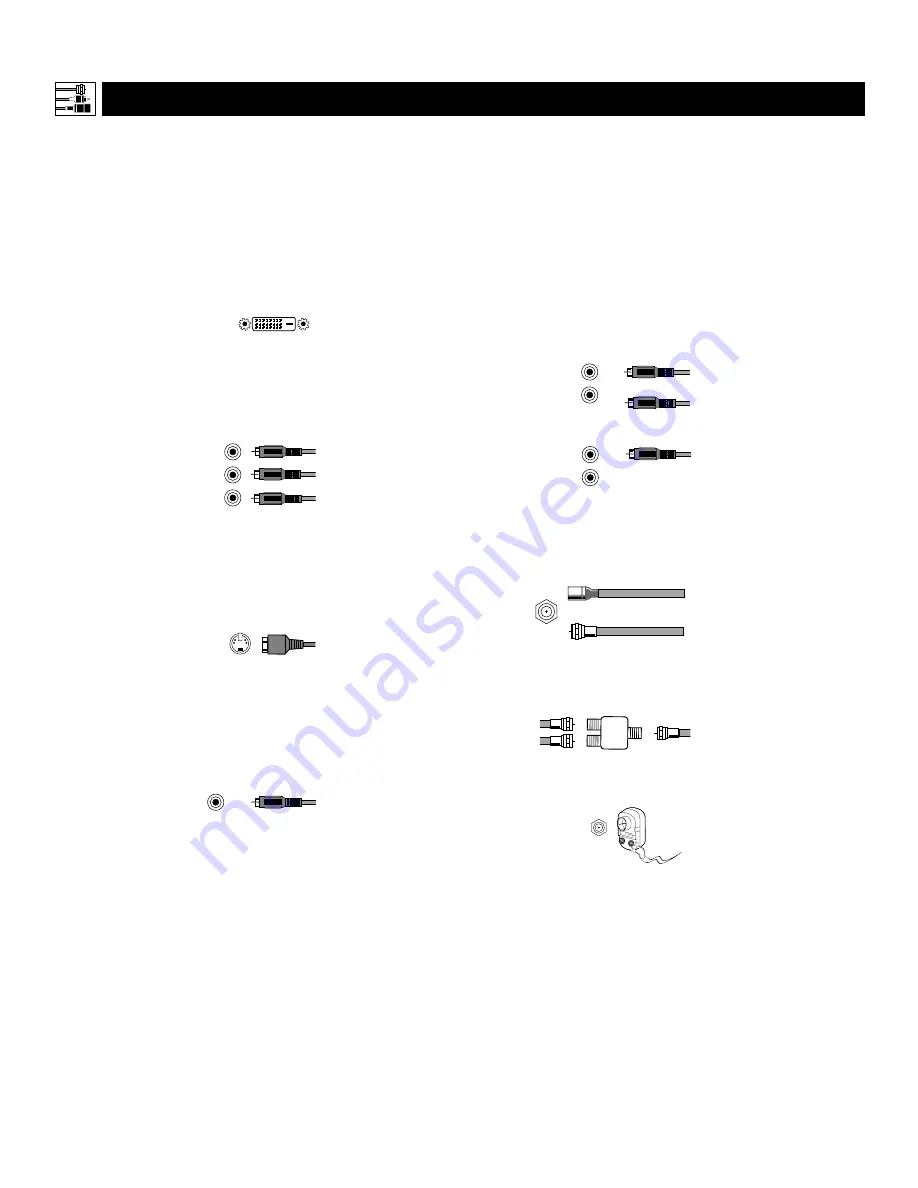
DVI Jack
Cable used: DVI
Supports High-definition Copy
Protected digital video input for
connection to compliant set-top
boxes.
Component Video Input Jacks
Cables used: component video with
RCA-type phono plugs
Allow you to connect acces-
sory devices such as DVD
players. Separating the video
into three signals, these
inputs provide excellent
quality. Be sure to connect
the left and right audio cables, because the Y,
Pb, Pr jacks receive only the picture signal.
S-Video Jacks
Cable used: S-Video
Provide a higher quality pic-
ture than the Video (compos-
ite) jacks because the color
part of the picture is separated
from the black and white por-
tion. Be sure to connect the left and right audio
cables, because the S-Video jacks receive only
the picture signal.
Video (called
composite
) Jacks
Cable used: Video with RCA-type
phono plug
Provide better picture
performance than the
antenna RF input. Be sure to connect the audio
cables, because the video jacks receive only the
picture signal.
Your TV also has an OUTPUT VIDEO jack.
Use a video cable with RCA-type phone plugs
to make connections.
Connecting Accessory Devices to Your TV
VIDEO
S-VIDEO
L
J
ACKS
, C
ABLES
,
AND
C
ONNECTORS
T
his page contains descriptions and illus-
trations of jacks, cables, and connectors
you might use in making connections. The
cables and connectors are not supplied with
your TV, but you can purchase them at
stores that sell electronics. Or you can
order them by calling our Customer Care
Center at 1-800-531-0039.
Pb
Pr
Y
DVI
6
Audio Jacks
Cables used: Audio with RCA-type
phono plug
Provide sound for the
video inputs. If your
accessory device has only
one output for audio, con-
nect it to the left (color
coded white) audio jack
on the TV.
Your TV also has OUT-
PUT AUDIO jacks. Use
audio cables with RCA-
type phone plugs to make connections.
Antenna RF Jack
Cables used: RF coaxial cable (75
Ω
)
Allows you to
connect an anten-
na, cable TV, or
components hav-
ing only RF out-
puts to the anten-
na input on the TV. RF coaxial cables are avail-
able in push-on or screw-on type.
Signal Splitter
Allows you to
route an antenna
or cable TV signal
to two inputs.
300- to 75-ohm Twin-lead Adapter
Accepts twin-lead wires
from an antenna and allows
connection to the antenna
input on the TV. If your
antenna is already equipped
with an RF coaxial cable, you will not need
this adapter.
AUDIO
L
R
Mono Connection
Push-on Type
Screw-on Type
Or
AUDIO
L
R
Stereo Connection


